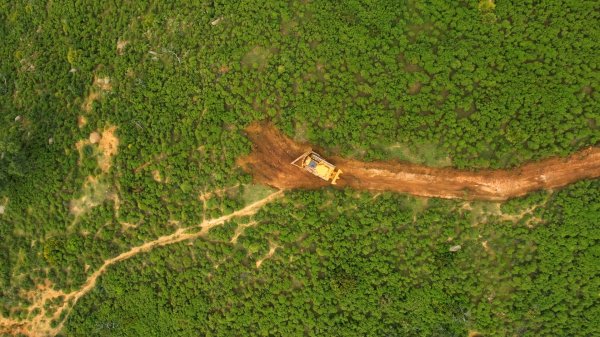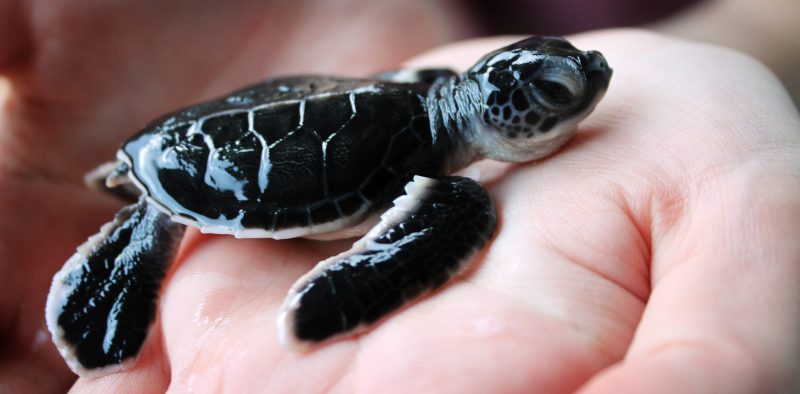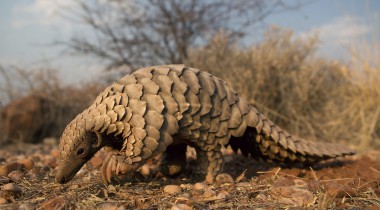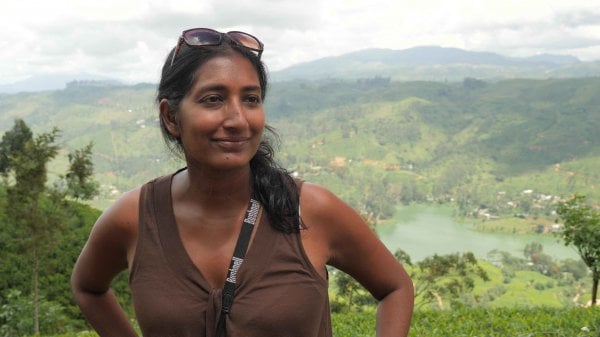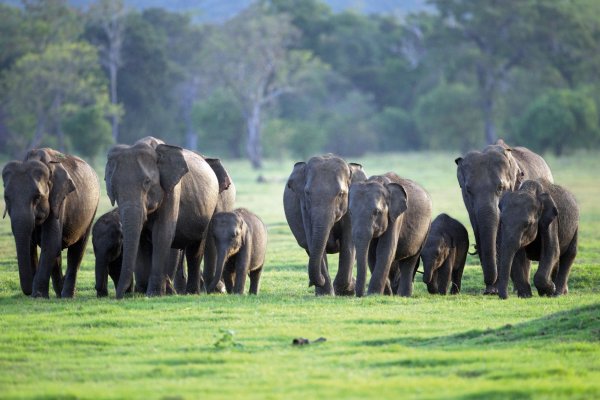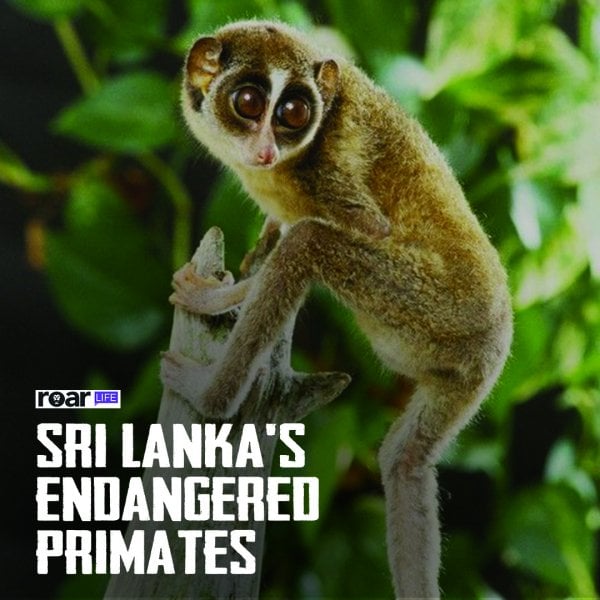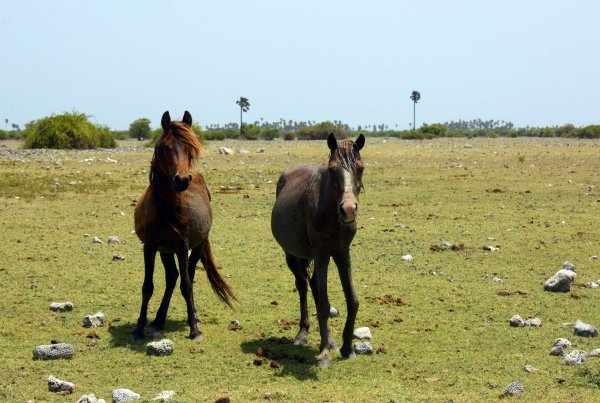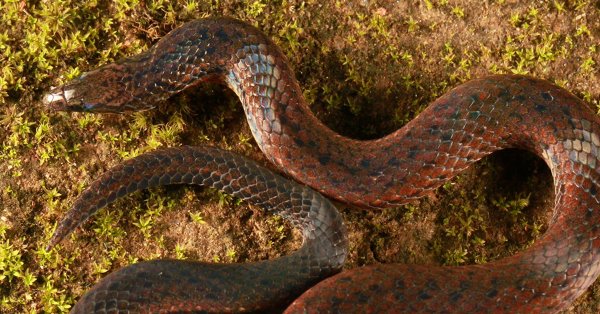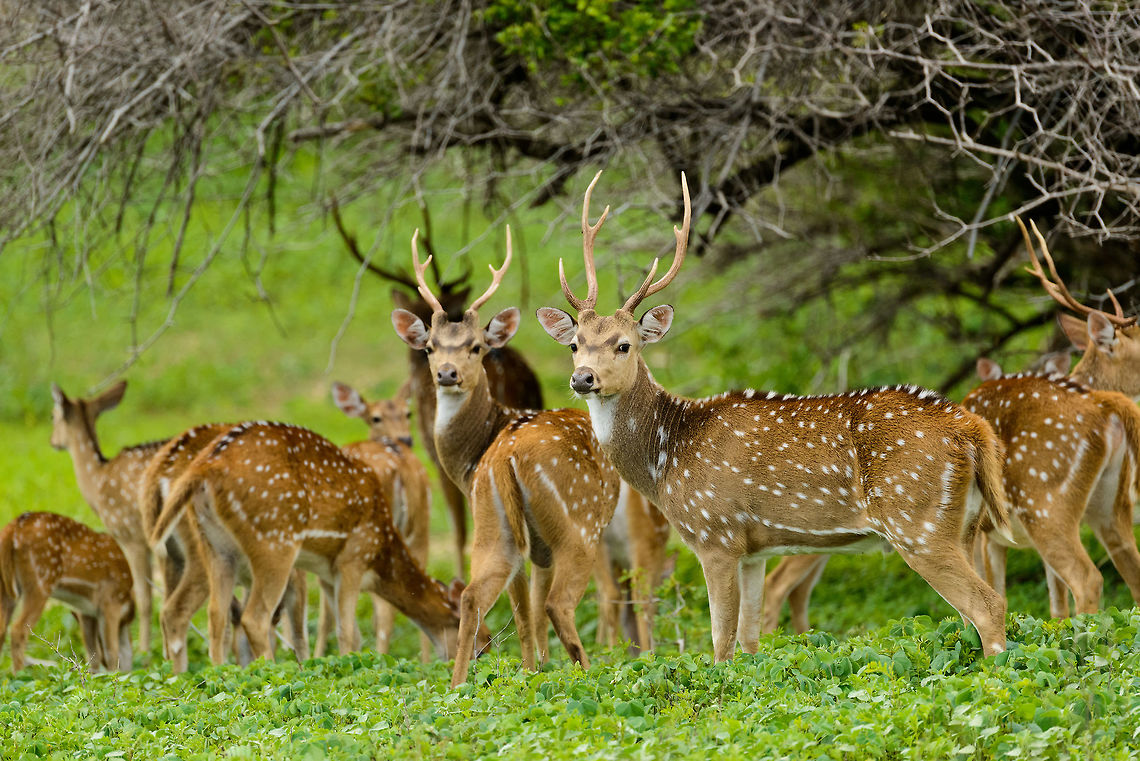
Earlier this month, the Police arrested six men after photographs of them posing with shotguns and the carcasses of several wild animals went viral on the internet.
The images depict the hunters posing rather proudly next to the animals they’d killed, or in some cases holding them up like a prized trophy. Sadly, this is hardly the first incident in recent times that involved not just the hunting down of wild animals, but also the proud exhibition of the animals’ bodies ‒ or sometimes the act of harming the animal itself ‒ on social media.
The illegal sale of game meat is nothing new to the country, but the apparent pride with which hunting, poaching, and overall harm to wild animals has been flaunted by perpetrators in recent times signifies what appears to be a disturbing trend. It also raises the questions of what laws, if any, are in place to address such atrocities, and the importance of these laws.
What ‘Illegal Killing’ Entails
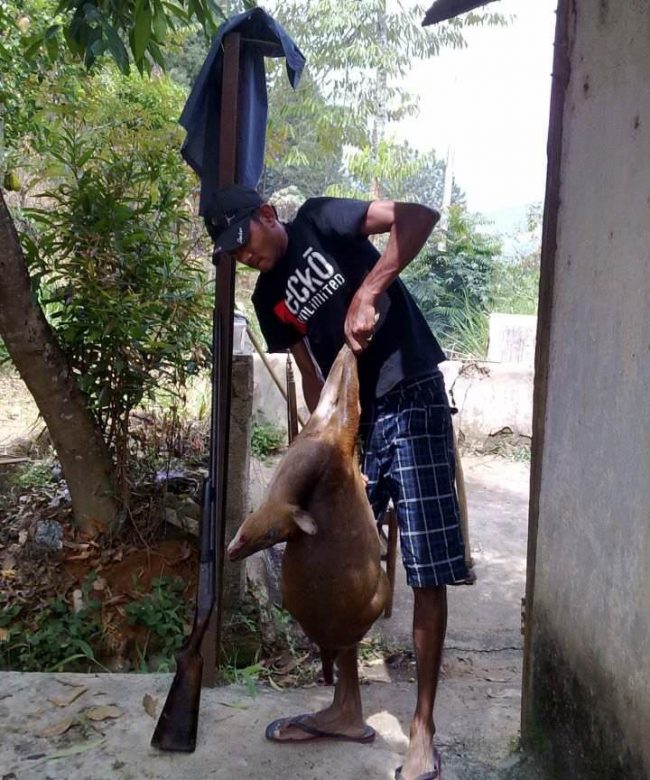
One of the hunters with an animal they’d killed. Image courtesy sinhayareader.com
According to Jagath Gunawardena, environmentalist, ecologist, and attorney-at-law, Sri Lankan legislature does provide for the protection of animals, and although some animals can legally be killed, there are others that cannot.
Poaching involves the illegal killing of animals, he explained, adding that “illegal killing means that the animal is either a protected species or the animal is killed in an illegal method.”
In Sri Lanka, animals are protected by the provisions of the Flora and Fauna Protection Ordinance. Mammals and reptiles are entitled to the provisions of Section 30.
“We have come across plenty of instances where both mammals and reptiles are poached. Not all reptiles are killed and eaten, but there are certain species that are eaten, like tortoises and turtles,” he said.
Proud Hunters And The New Fad

These men skinned, tortured, and killed an endangered eagle. Image courtesy gossiplankanews.com
In March this year, a horrifying incident involving the torture and killing of an endangered eagle created a storm on social media. Images that went viral depicted an eagle being flayed alive by a knife-wielding man, while others looked on.
The most recent incident ‒in which the six hunters were arrested ‒ also involved a protected species. According to Gunawardena, one of the dead animals photographed ‒ the Barking Deer ‒ belongs to the ‘strictly protected’ category.
Explaining the classification of protected species, Gunawardena said, “When it comes to the protected mammals,there are two categories: one is the protected category and the other is the strictly protected category. Altogether there are twenty species of mammals which are in the strictly protected category, whereas there are a few species of mammals which are not protected.”
He went on to say that, “during the recent incident, there was a picture of the Barking Deer, or the olu muwa, which belongs to the strictly protected category.The rest of the animals shown in the pictures, except for the porcupine, are protected species. He added that another recent incident where a wildlife officer died during a raid, involved the killing of a sambur, which is also in the strictly protected category.
Animals in the ‘strictly protected’ category are all highly endangered species. Accordingly, there are four categories within the strictly protected category: critically endangered, endangered, vulnerable, and near-threatened.
The sambur and barking deer are both in the near-threatened category. They were included in the strictly protected category specifically because they are being hunted constantly due to easy access.
Mammals And Reptiles Under Protection
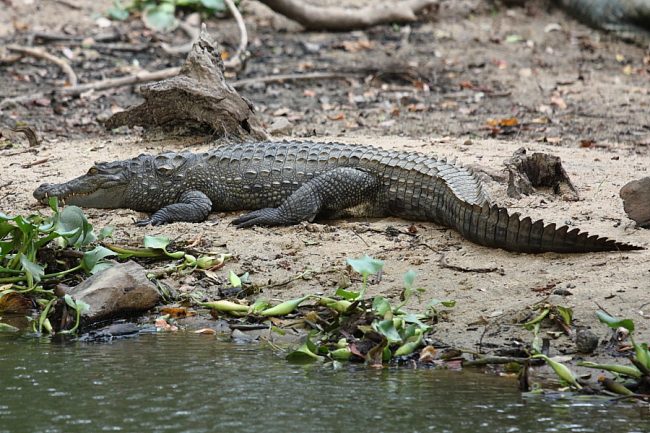
In Sri Lanka, crocodiles fall under the ‘strictly protected’ category. Image credit: commons.wikimedia.org
Most mammals do not belong to the strictly protected category. However, they are still under protection for obvious reasons ‒ namely, poaching.
On the subject of charging perpetrators, Gunawardena said, “When it comes to the strictly protected mammals, the culprits can be arrested without a warrant and are not bailable. When it comes to protected mammals, they can be arrested without a warrant but they can be bailed out.”
He also pointed out that there are sixteen species of reptiles which are strictly protected, and five species of reptiles which are not protected, while every other reptile is protected.
“Among the sixteen strictly protected species are some which are heavily poached; like the five species of turtles which are poached for both their meat and eggs. The three species of tortoises are also poached; especially the kiri ibba or the soft shell tortoise and the gal ibba.” Although the star tortoise is not usually eaten in Sri Lanka, he said that it is a delicacy to some foreigners.
As unbelievable as it may sound, there have been instances where crocodile flesh is consumed too, said Gunawardena. We know this, he said, because of reports of incidents where crocodile flesh has been dried and sold. Crocodiles are among the reptiles that fall under the strictly protected category.
“Most other reptiles are not eaten, except maybe the thalagoya, which is consumed, but not on a commercial scale,” he said.
The Protection Of Birds
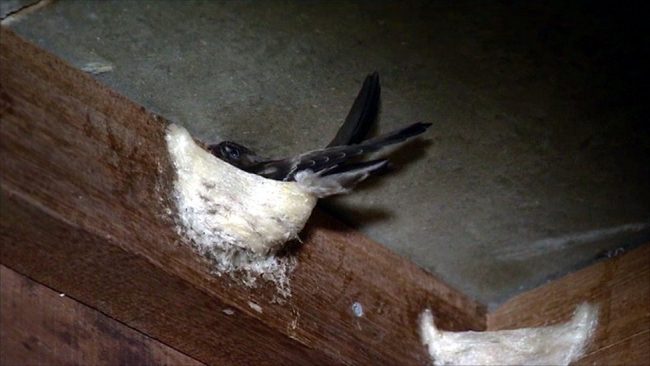
The swiftlets’ edible nests make them the target of poachers. Image courtesy bbc.co.uk
In a previous article, we addressed the issue of the edible birds’ nests trade, something that Gunawardena says may be a cause for concern once again.
However, he also said that at present, birds are poached less when compared to mammals. “In Sri Lanka, except for five species of birds, all the rest are protected. Out of that, sixty-three are strictly protected. Although poaching of birds is occurring less these days in comparison to mammals, it still happens. One of the most unfortunate things about this is the poaching of birds’ eggs. It is happening, although not as widespread,” he said, adding that “several years ago people raided the nesting colonies of birds to kill the nestlings and after the police raided several groups of culprits it died down. But then so did the population of those birds.”
The nestlings are a delicacy, because their meat is very soft and succulent.
The sad thing is that once the poaching becomes common, the birds abandon that particular colony. According to Gunawardena, this exact thing happened in Atulugama, where the birds abandoned the colony. “This year too, there used to be a colony of birds that was seen from the Highway, but now they have abandoned that colony,” he said.
The Business Of Hunting And Killing
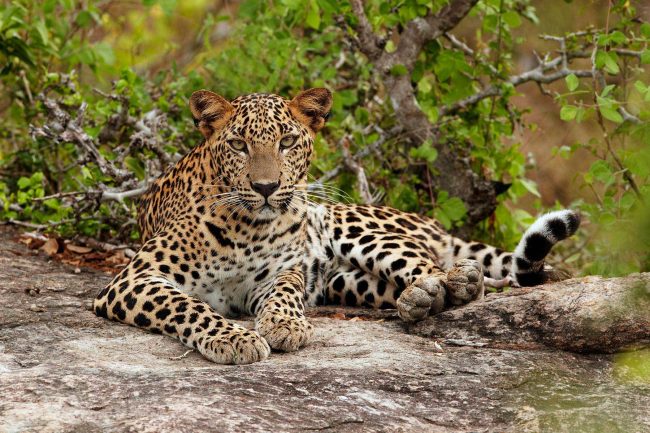
Leopards, too, are the target of hunters, for many reasons, all of them involving lucrative trade. Image courtesy orienslankatours.com
In most cases, animals are poached for their pelts and meat. In certain parts of the country, there is a demand for meat and skin/fur of different animals, allowing room for lucrative business. Authorities aren’t however always able to pinpoint exactly where and how this takes place.
Gunawardena said that while the turtle flesh and egg trade has reduced because of the number of raids, it has unfortunately not been completely eradicated.
“It’s sad that whenever a turtle is killed, there is a big demand for its meat,” he said.
Human demands have resulted in the murder of many animals. Even the critically endangered leopard, one of Sri Lanka’s few native wild cats, is hunted because some believe that parts of the animal could have healing or aphrodisiac properties.
“Several parts of the leopard are believed to have some of these properties. Those parts are priced higher than the rest,” Gunawardena said.
What is truly inhumane is the way a leopard is killed. According to Gunawardena, the leopard cannot be shot because this might ruin its precious pelt. As a result, the leopard is often snared and then bludgeoned to death.
According to statistics compiled by the Wilderness and Wildlife Conservation Trust of Sri Lanka, a total of 22 leopards were killed by snares, poisoned to death or bludgeoned from 2011 to 2015.
These numbers are reflective of the callous attitudes of people, all undoubtedly stemming from a sense of greed that sadly trumps conscience. While authorities do what they can to curb the illegal killing of wild animals, the practice seems to continue unabated because of the existing demand. Hunting or even facilitating or contributing to the demand for and trade of animal parts or eggs will not stop as long as people are willing to pay money for it.
Featured image courtesy: jungledragon.com
